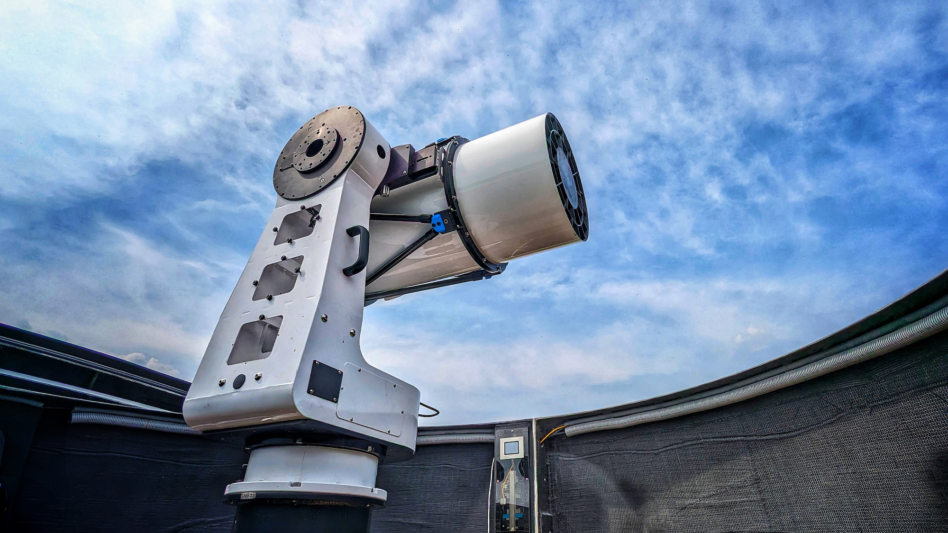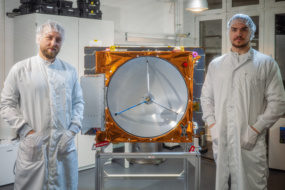Slingshot Aerospace is partnering with DARPA on a high-stakes game of orbital “I Spy.”
Today, the startup unveiled Agatha, an AI tool to spot nefarious satellites lurking in constellations—a task that becomes more difficult in clouds of thousands of sats.
School days: Tools like Agatha are only as good as the data used to train them. Slingshot trained Agatha by feeding it computer-generated data from 30 constellations over a two-year life span, including some nefarious data.
In addition to the made-up practice data, Agatha also learned from real-world constellations. If Agatha detected a satellite that had a hardware malfunction within a large constellation, Slingshot would contact the owner to verify that the constellations Agatha detected were indeed outliers.
“We can’t have real training data for AI algorithms. So we can make those synthetically and we can make whole constellations. And more than that, we also make all of the sensors that detect those constellations and all of the error that happens in the real world,” Dylan Kesler, Slingshot’s director of data science, told Payload.
One of these things is not like the others: In large constellations, all the satellites are the same size and weight and behave nearly identically. Agatha spots outliers by detecting changes in how often and where communication is distributed. At that point, a human enters the loop to determine if that is an intentional difference by the satellite owner, or if it truly is a nefarious satellite.
What’s next: Agatha is searching for operational customers. “We are running a version of Agatha within the Slingshot platform, and we’re talking to a number of different US government and commercial organizations about how they can use Agatha as part of our advanced space domain awareness services,” Audrey Schaffer, Slingshot’s VP of strategy and policy, said.




